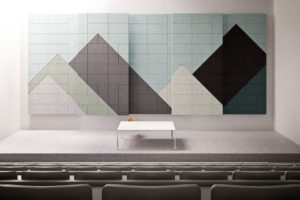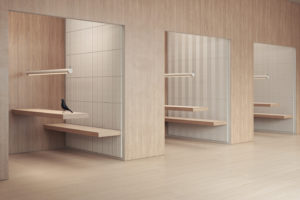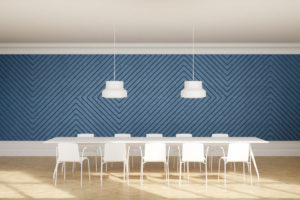Acoustic Knowledge – 1, 2, 3
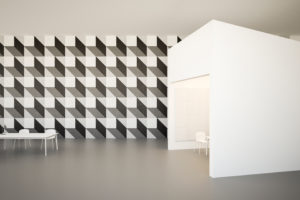
This guide to the basics of acoustics will give you more knowledge when designing your own soundproofed project. Here are three important factors to bear in mind at the start of any acoustic project.
Last week, we told you about the fundamental principles of sound control. If a given space is causing problems acoustically, there are three main approaches you can take: Absorb, Block or Cover. These are known as the ABC’s of Acoustics.
1 – Understand your space
Every space is different, both in form and function. Environments that typically require acoustic solutions include offices, schools, hospitals, and restaurants. Pay particular attention to spacious shared areas, such as canteens and lounges, as these tend to generate large amounts of noise from human activity.
To understand your space, consider aspects such as its physical dimensions, quantity of furniture, number of occupants, and the type of floor, wall and ceiling surfaces. Each of these characteristics influences the way in which sound reverberates, and determines which acoustic solution will be most appropriate.
A quick rule of thumb: the more hard surfaces present (concrete, glass, steel), the more acoustic solutions will be necessary. Likewise, the greater the number of occupants, the greater the requirement for sound control.
2 – Consider the client
As well as the physical attributes of the space, the client may have specific requirements – even if they haven’t expressed them in the project brief. Think about how the space will be used: what kind of noise will be generated, what are the needs of the occupants, and what kind of impression does the client want to give?
If the client has a particular visual identity, you may want to seek out acoustic products with a broad range of colour options, in order to create a cohesive aesthetic impression. If the client is interested in sustainability, you might opt for an environmentally-friendly acoustic solution. Many acoustic products are made of plastic. For a non-fossil based option, learn more about acoustic wood wool and acoustic Pulp.
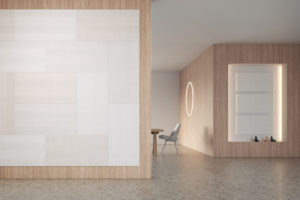
3 – Ask for help
If you feel unsure, don’t hesitate to contact an acoustician. They will be able to advise on the choice, quantity, placement and installation of your desired acoustic solution.
Additionally, consider browsing the BAUX catalogue of client case studies. You may find inspiration from cases similar to your own project, as well as interviews with leading architects who explain the process behind their work.
If you have any further questions please contact us!
Our acoustic solutions
Do you know your acoustic A, B, C?

When designing with acoustics, it can be tricky to know where to start. In this page we will go over some of the fundamental principles of sound control. If a given space is causing problems acoustically, there are three main approaches you can take: Absorb, Block or Cover. These are known as the ABC’s of Acoustics.
